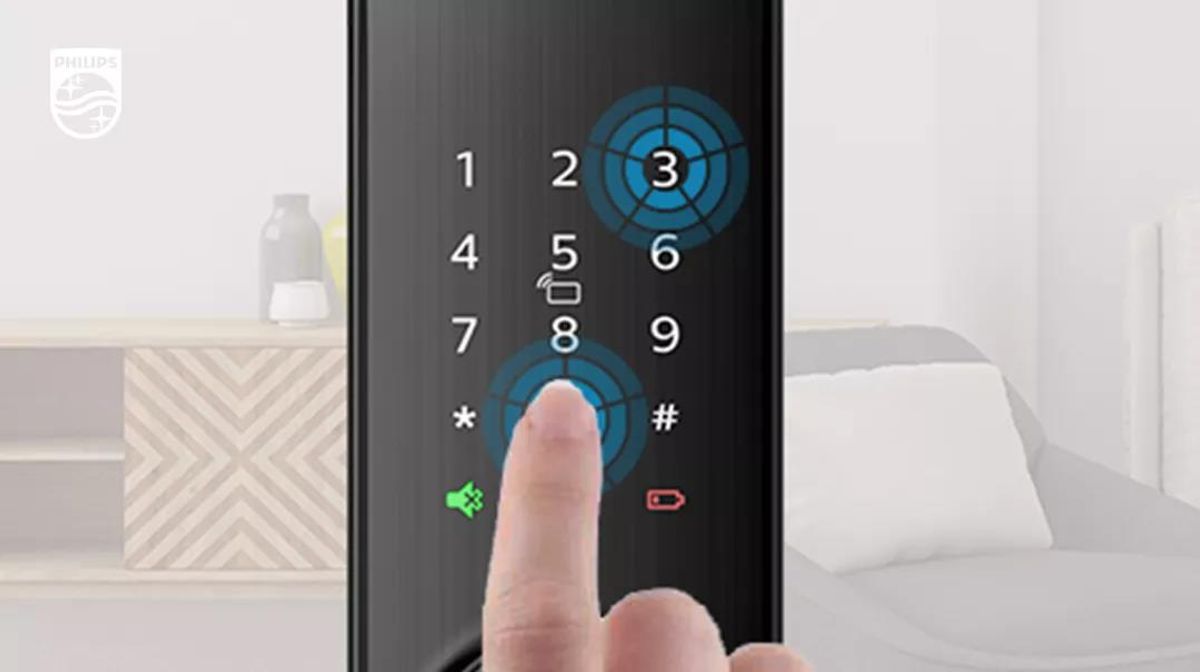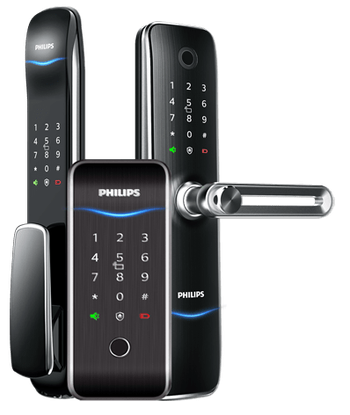
With the rapid popularization of smart locks, people’s demand for smart locks has shifted from the convenience of unlocking to more user-friendly features. One of the features has become one of the decisive factors for people to buy smart locks, i.e. the temporary PIN code. What is the role of the temporary PIN code? What are the types of temporary PIN codes? What are the application benefits? Let's find the answer in this article today!
The importance of temporary PIN code
As every phone equips with a camera, the temporary PIN code is a basic feature for most smart locks. It differs from ordinary PIN codes as it doesn't belong to anyone and has a limited valid time. When you are out for a long-term business trip and need a neighbor’s help with pet feeding, when the cleaning service or relatives and friends visit temporarily and you are not at home, the temporary PIN code of the smart lock plays a huge role.
Types of temporary PIN Code
Different types of temporary PIN codes can meet different needs in people's daily life. It can be divided to three types according to the time limit and the number of times of use.
One-time PIN code, the code you generated each time can only be used for once, it will become invalid after being used, which is convenient for home cleaning services;
Periodic PIN code, the code that allows using at a fixed period, like every Monday or noon every day, etc.
Temporary PIN code, the code can use for multiple times within a limited period, such as valid in 30 mins, or 10 mins, etc. The code could be distributed from the App remotely, keeping your relatives and friends with no waiting when they suddenly pay a visit.
One-time PIN code VS temporary PIN code
From the perspective of user needs, Philips smart locks take into account the needs of people entering the door temporarily. Each smart lock has the feature of one-time or temporary PIN code unlocking. For example, the Philips smart lock supports setting a one-time PIN code on the lock end, while Philips DDL702-1HW smart locks not only support one-time PIN codes, but can also distribute 30-minute temporary PIN codes remotely through the mobile APP.
Then how to set up the temporary PIN codes?
Setting one-time PIN code on the lock:
Wake up the smart lock, enter [#] followed by the master PIN code, press [#] to confirm, press [2] to enter user settings, press [2] again to add a one-time PIN code, then enter a 6-12 digits PIN code, press [#] to confirm and reenter the PIN code, press [#] to confirm.
After hearing a voice prompt of “Succeeded", press [*] until you finally exit master mode.
Distributing a 30-min temporary PIN remotely via mobile App:
Open the mobile App, click the [share] button below, click [temporary PIN], then click [copy], and you can send it to your relatives or friends. This function is convenient for house cleaning service or someone to visit you when nobody's home. The 30-minute temporary PIN code can be used multiple times, but it can only be valid in 30 minutes,thus the 30-min temporary PIN code could perfectly avoid the awkward circumstances where people need frequent changing the PIN codes.
Since the development of traditional locks, smart locks have developed from the traditional key-only unlocking method to multiple unlocking methods, and the short-range operation mode to the remote networking mode. Philips smart door locks such as the DDL702-1HW smart video door lock not just allow to set up the one-time PIN codes on the lock, but also allow to distribute the 30-min valid temporary PIN codes via the mobile App. Besides, The DDL702-1HW supports checking access logs and alert information, you are also allowed to monitor the real-time situation at the front door by clicking on the [Video] button, which makes remote monitoring much safer.
Philips smart door locks, starting your smart home from the front door.
